our operations
offshore project to help meet energy demand
2 min read | april 10, 2023
The Anchor platform is being assembled in Texas.
When it’s complete, a new offshore development will help Chevron increase oil and gas production to meet growing demand for lower-carbon energy.
The planned facility at Anchor Field, 140 miles off the Louisiana coast, has a design capacity of 75,000 barrels of crude oil and 28 million cubic feet of natural gas per day. Production is targeted to begin next year in the U.S. Gulf of Mexico, home to some of the lowest carbon intensity-producing assets in the world.
“It’s about meeting energy demand,” Braun said. “We’re continuing to add barrels to the pipeline for our country, and we help provide affordable energy that’s important for everyone’s way of life.”
how it happened
Meeting a big deadline can be tough in the best of times. Seeing Anchor, an approximately $5.7 billion capital project, through a global pandemic, supply chain crisis and labor shortage takes it to another level.
Despite these conditions, Chevron approached near completion of the Anchor semi-submersible oil platform with rigorous planning and the efforts of a committed and talented team.
“I have been on the project for several years and enjoyed coming in early and seeing it through to engineering and fabrication,” said Chris Braun, Anchor’s floating production unit delivery manager. “I witnessed our team’s accomplishment of building something out of nothing.”
Once complete, the facility will be as tall as a 25-story building and have an area similar to that of a football field. Thousands of employees and contractors united throughout the world to turn our vision into a reality.
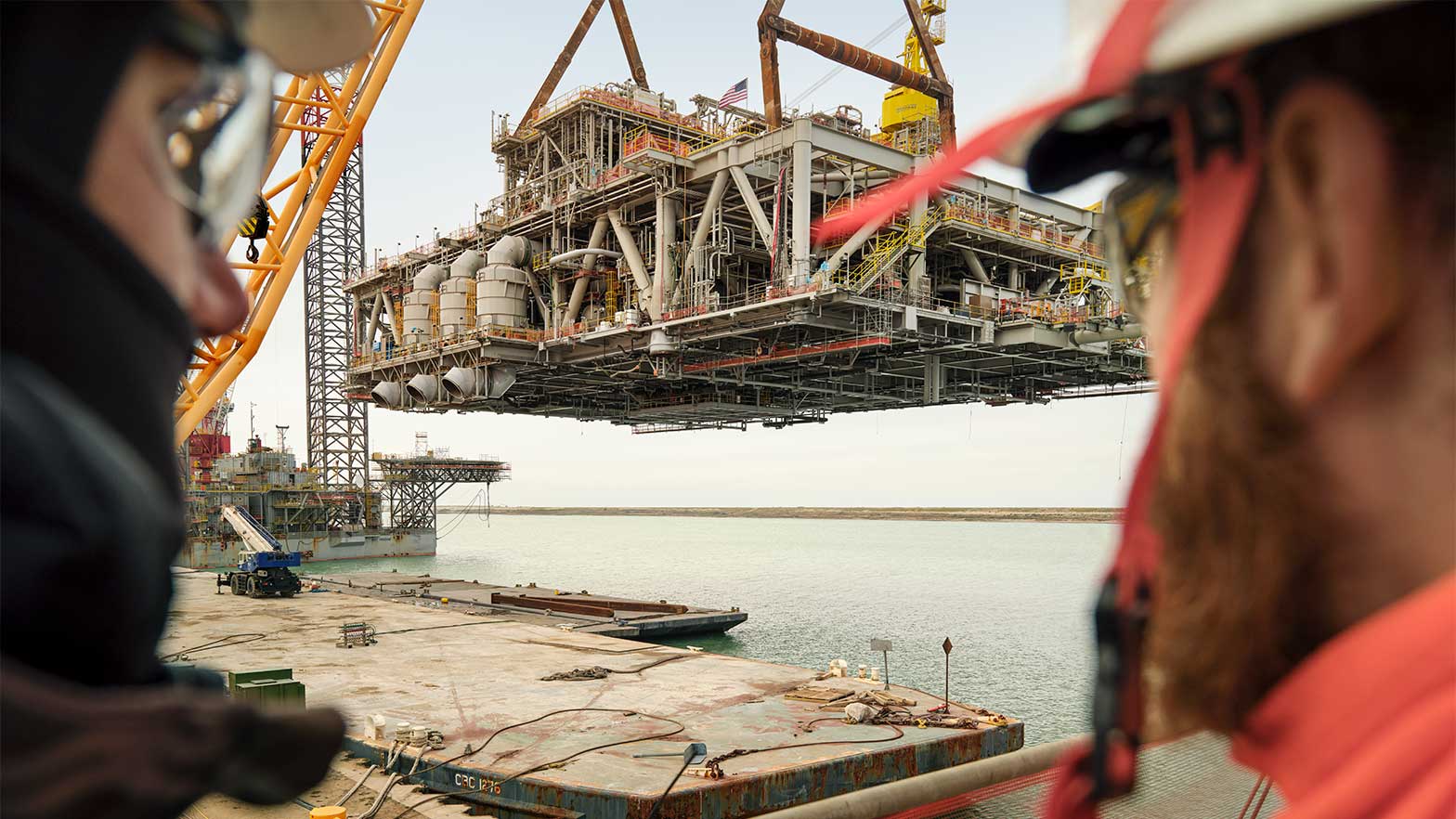
In Texas, a crane lifts the Anchor platform’s topsides to place onto the hull, which was fabricated in South Korea.
dive deeper
The Anchor Field was discovered in 2014. Chevron is the operator of the Anchor project with a 62.86% working interest, with co-owner TotalEnergies E&P USA holding the remaining interest. Engineering work was underway in March 2020 when South Korea-based team members were moved back to Houston, Texas in response to the emerging COVID-19 pandemic.
Teams worked through the pandemic, following health and safety protocols, during a time when much of the world was under lockdown.
Then came pandemic-induced supply chain challenges, and a skilled worker shortage.
“We put in a lot of hard work to overcome those challenges,” Braun said. “Our team went above and beyond to help the project progress under very difficult circumstances.”
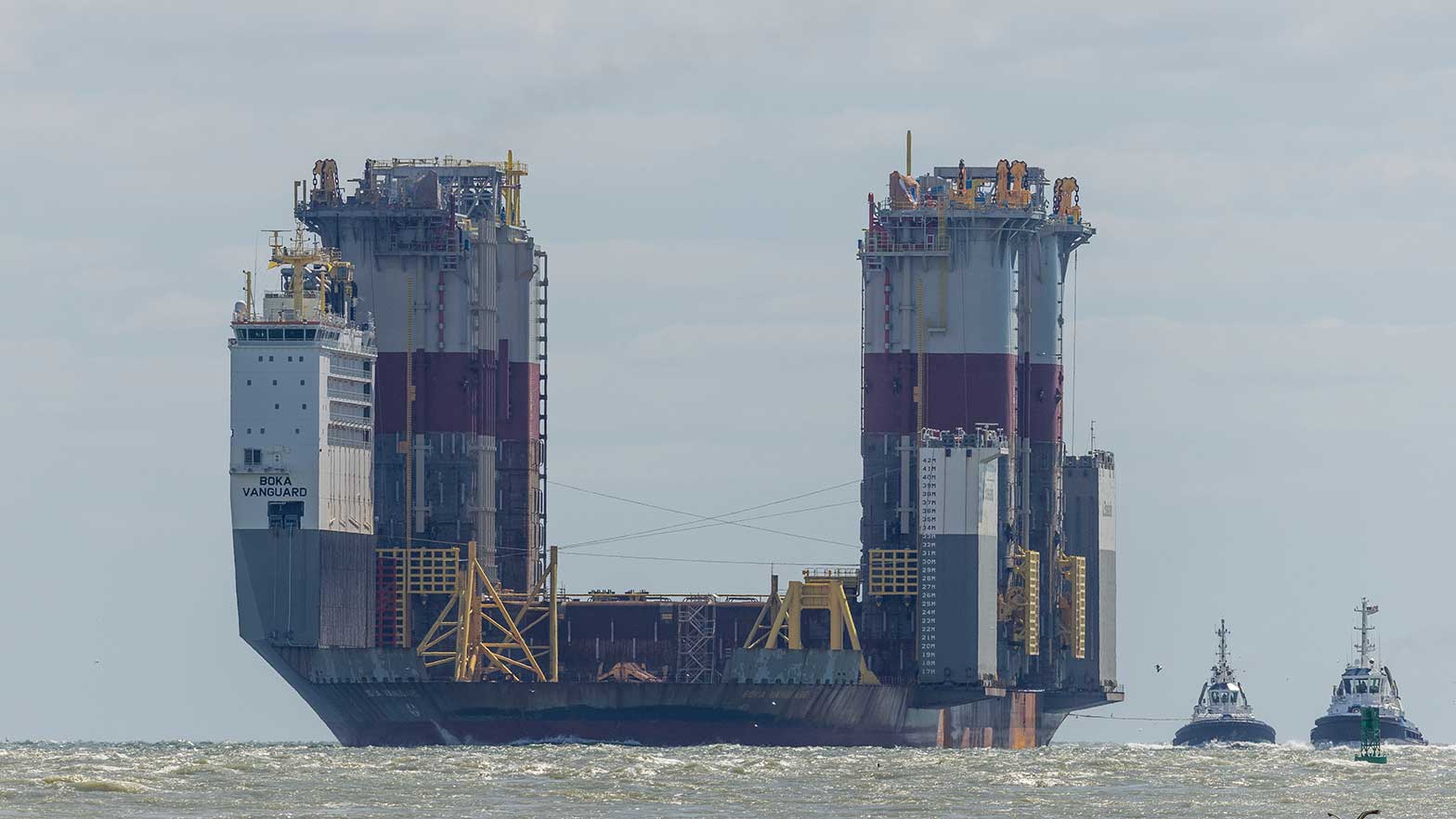
Anchor’s hull approaches the shoreline of Ingleside, Texas, after completing its more than two-month journey aboard Boskalis's Vanguard heavy transport vessel from South Korea.
something to celebrate
Last July, the Anchor project reached a significant milestone as the completed hull travelled from South Korea to the Gulf of Mexico on a more than two-month journey.
The hull is now moored in Ingleside, Texas, as crews continue to progress construction this year. Chevron has already installed the topsides and living quarters onto the hull, and crews are now completing systems commissioning and integration work.
Said Braun, “It’s very gratifying to see what we designed come to fruition.”
topics covered
related content
-
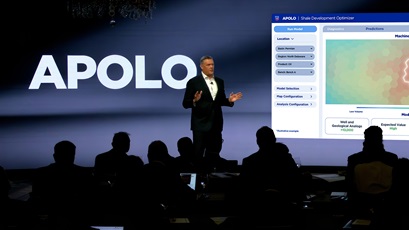
 how APOLO helps chevron pinpoint prime drilling locations
how APOLO helps chevron pinpoint prime drilling locationsour operationsnovember 12, 2025
-
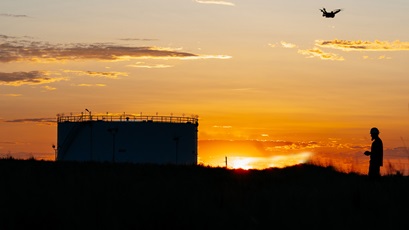
 robotics supports more efficient workplace
robotics supports more efficient workplaceour operationsnovember 10, 2025
-
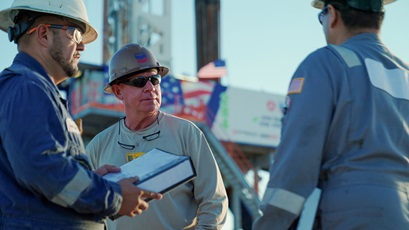
 the people who power the US energy advantage
the people who power the US energy advantageour operationsnovember 06, 2025
-
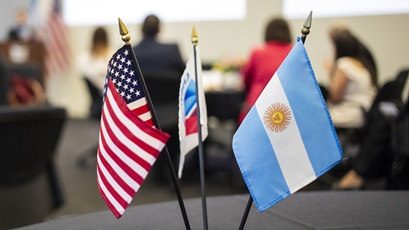
 a statement from chevron CEO mike wirth on Argentina
a statement from chevron CEO mike wirth on Argentinaour operationsseptember 24, 2025
chevron email updates
Subscribe to our newsletter to receive news and updates.



